Economic challenges and electric utilities
More and more electric utilities are looking to distribution automation as an answer to the three main economic challenges facing the industry:
- The rising cost of adding generating capacity,
- Increased saturation of existing distribution networks and
- Greater sensitivity to customer service.
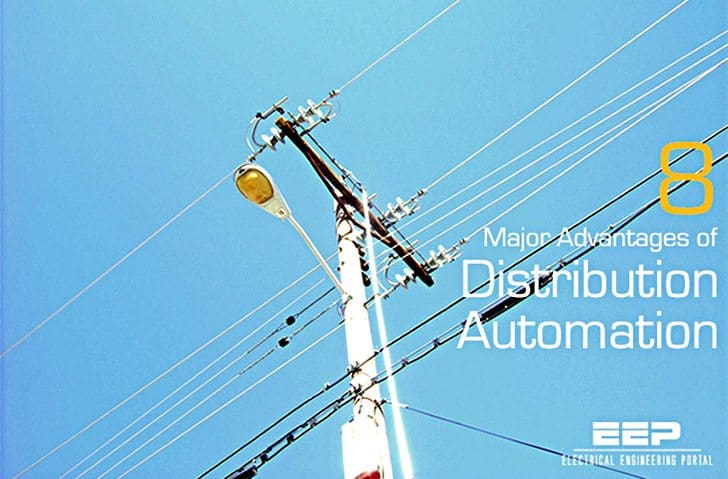
Therefore, utilities that employ distribution automation expect both cost and service benefits.
These benefits accumulate in areas that are related to investments, interruptions and customer service, as well as in areas related to operational cost savings, as given below:
1. Reduced line loss
The distribution substation is the electrical hub for the distribution network.
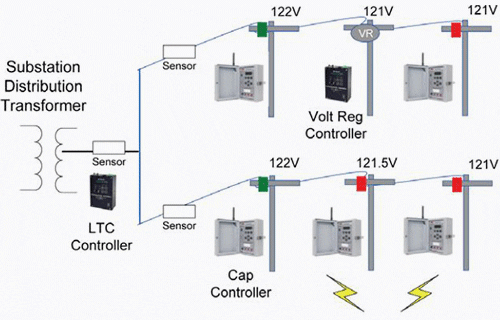
A close coordination between the substation equipment, distribution feeders and associated equipment is necessary to increase system reliability. Volt/VAR control is addressed through expert algorithms which monitors and controls substation voltage devices in coordination with down-line voltage devices to reduce line loss and increase line throughout.
2. Power quality
Mitigation equipment is essential to maintain power quality over distribution feeders.
The substation RTU in conjunction with power monitoring equipment on the feeders monitors, detects, and corrects power-related problems before they occur, providing a greater level of customer satisfaction.
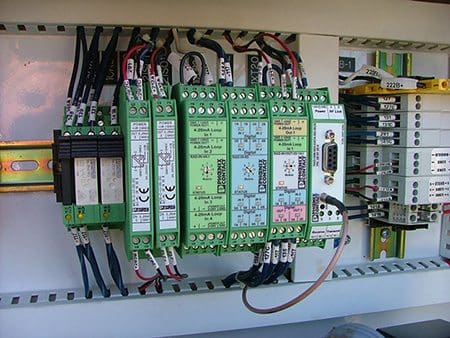
3. Deferred capital expenses
A preventive maintenance algorithm may be integrated into the system. The resulting ability to schedule maintenance, reduces labour costs, optimizes equipment use and extends equipment life.
4. Energy cost reduction
Real-time monitoring of power usage throughout the distribution feeder provides data allowing the end user to track his energy consumption patterns, allocate usage and assign accountability to first line supervisors and daily operating personnel to reduce overall costs.
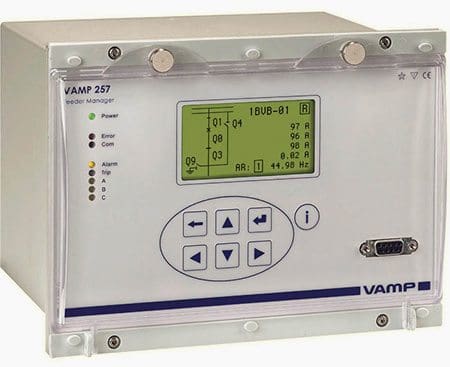
5. Optimal energy use
Real-time control, as part of a fully-integrated, automated power management system, provides the ability to perform calculations to reduce demand charges.
It also offers a load-shedding / preservation algorithm to optimize utility and multiple power sources, integrating cost of power into the algorithm.
6. Economic benefits
Investment related benefits of distribution automation came from a more effective use of the system. Utilities are able to operate closer to the edge to the physical limits of their systems. Distribution automation makes this possible by providing increased availability of better data for planning, engineering and maintenance.
Distribution automation can provide a balance of both quantitative and qualitative benefits in the areas of interruption and customer service by automatically locating feeder faults, decreasing the time required to restore service to unfaulted feeder sections, and reducing costs associated with customer complaints.
7. Improved reliability
On the qualitative side, improved reliability adds perceived value for customer and reduce the number of complaints. Distribution automation features that provide interruption and customer service related benefits include load shedding and other automatic control functions.
Operating cost reduction are achieved through improved voltage profiles, controlled VAR flow, repairs and maintenance savings, generation fuel savings from reduced substation transformer load losses, reduced feeder primary and distribution transformer losses, load management and reduced spinning reserve requirements.

In addition, data acquisition and processing and remote metering functions play a large role in reducing operating costs and should be considered an integral part of any distribution automation system. Through real time operation, the control computer can locate the faults much faster and control the switches and reclosures to quickly reroute power and minimize the total time-out, thus increasing the system reliability.
8. Compatibility
Distribution automation spans many functional and product areas including computer systems, application software, RTUs, communication systems and metering products. No single vendor provides all the pieces. Therefore, in order to be able to supply a utility with a complete and integrated system, it is important for the supplier to have alliances and agreements with other vendors.
An effective distribution automation system combines complementary function and capabilities and require an architecture that is flexible or “open” so that it can accommodate products from different vendors.
In addition, a distribution automation system often requires interfaces with existing system in order to allow migration and integration, still monitoring network security.
Reference: DC Transmission and Distribution – B.L.Theraja
Copyright Notice
This technical article is protected by U.S. and international copyright laws. Reproduction and distribution of PDF version of this technical article to websites such as Linkedin, Scribd, Facebook and others without written permission of the sponsor is illegal and strictly prohibited.© EEP-Electrical Engineering Portal.
Related electrical guides & articles
Premium Membership
Edvard Csanyi
Hi, I'm an electrical engineer, programmer and founder of EEP - Electrical Engineering Portal. I worked twelve years at Schneider Electric in the position of technical support for low- and medium-voltage projects and the design of busbar trunking systems.I'm highly specialized in the design of LV/MV switchgear and low-voltage, high-power busbar trunking (<6300A) in substations, commercial buildings and industry facilities. I'm also a professional in AutoCAD programming.
Profile: Edvard Csanyi

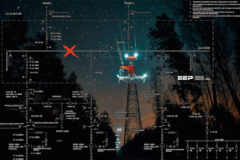
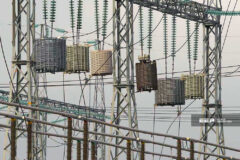


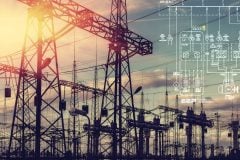





very nice
My question is what do we gain or lose when we use automatic changeover switch between Gen set and the public power [advantage or disadvantage]
The question u shud ask ur self is why do people, hire house helps to look after there baby nd to do washing for the.
In electrical automation u can be ausred skipping electrocution and explossion either from, the grid electrical equipment, or secondar power supply( generator, or voltage inverter systems)
in HT & LT transmission lines crossings general LT line was bottom & HT line was upper. what happens if its vice versa( HT bottom & LT uppeer)
Interesting question Satsh. There must be a lot of reasons. I’ll try to digg up some answers and get back to you to discuss.
This Author has his book referenced as one of the recommended books for graduate study in Indiaf and other countries
Yes, Mr. B.L.Theraja has published the far best book for studing ever!